Filter by

Philosophy of Science, Logic and Mathematics in the Twentieth Century
- Edition
- -
- ISBN/ISSN
- 0-203-05980-8
- Collation
- -
- Series Title
- -
- Call Number
- 100
- Edition
- -
- ISBN/ISSN
- 0-203-05980-8
- Collation
- -
- Series Title
- -
- Call Number
- 100

Einstein and the Development of Twentieth-Century Philosophy of Science
- Edition
- -
- ISBN/ISSN
- -
- Collation
- -
- Series Title
- -
- Call Number
- 100
- Edition
- -
- ISBN/ISSN
- -
- Collation
- -
- Series Title
- -
- Call Number
- 100

Zones of Theory in the Anthropology of the Arab World
- Edition
- -
- ISBN/ISSN
- -
- Collation
- -
- Series Title
- -
- Call Number
- -
- Edition
- -
- ISBN/ISSN
- -
- Collation
- -
- Series Title
- -
- Call Number
- -
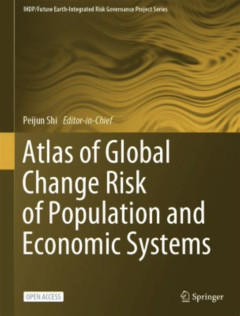
Atlas of global change risk of population and economic systems
This book is open access and illustrates the spatial distribution of the global change risk of population and economic systems with the maps of environment, global climate change, global population and economic systems, and global change risk. The risks of global change are mapped at 0.25 degree grid unit. The risk results and their contribution rates of the world at national level are unpreced…
- Edition
- -
- ISBN/ISSN
- 9789811666919
- Collation
- XXII, 278 p
- Series Title
- -
- Call Number
- 363.73874
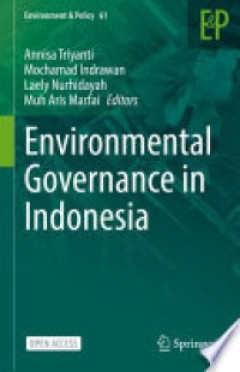
Environmental governance in indonesia
This open access book presents the state-of-the-art environmental governance research and practices in Indonesia. It offers a wide scope, covering different sectors (e.g., forestry, mining) and geographical landscapes (e.g., inland and coastal areas). This book engages with existing theories and frameworks, including Earth System Governance, Adaptive and Interactive Governance, among others to …
- Edition
- -
- ISBN/ISSN
- 9783031159046
- Collation
- XII, 513 p
- Series Title
- -
- Call Number
- 333.709598
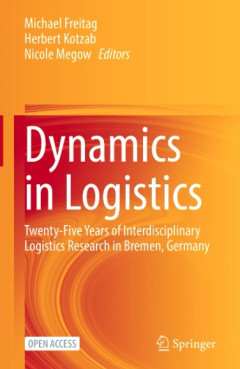
Dynamics in logistics :twenty-five years of interdisciplinary logistics resea…
This open access book highlights the interdisciplinary aspects of logistics research. Featuring empirical, methodological, and practice-oriented articles, it addresses the modelling, planning, optimization and control of processes. Chiefly focusing on supply chains, logistics networks, production systems, and systems and facilities for material flows, the respective contributions combine resear…
- Edition
- -
- ISBN/ISSN
- 9783030886622
- Collation
- -
- Series Title
- -
- Call Number
- 658.5
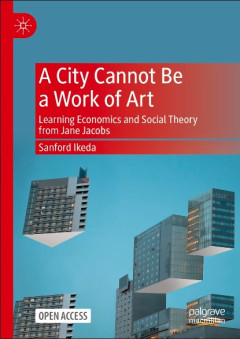
A city cannot be a work of art learning economics and social theory from jane…
This open access book connects Jane Jacobs's celebrated urban analysis to her ideas on economics and social theory. While Jacobs is a legend in the field of urbanism and famous for challenging and profoundly influencing urban planning and design, her theoretical contributions – although central to her criticisms of and proposals for public policy – are frequently overlooked even by her most…
- Edition
- -
- ISBN/ISSN
- 9789819953622
- Collation
- XXV, 400 p
- Series Title
- -
- Call Number
- 720.94
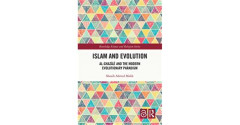
Islam and evolution :al-Ghazali and the modern evolutionary paradigm
This book attempts to equip the reader with a holistic and accessible account of Islam and evolution. It guides the reader through the different variables that have played a part in the ongoing dialogue between Muslim creationists and evolutionists. This work views the discussion through the lens of al-Ghazālī (1058-1111), a widely-known and well-respected Islamic intellectual from the mediev…
- Edition
- -
- ISBN/ISSN
- 9780429345753
- Collation
- xvi + 347 p
- Series Title
- -
- Call Number
- 297.12285
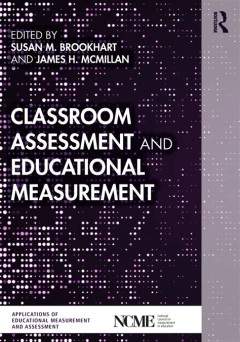
Classroom assessment and educational measurement
Classroom Assessment and Educational Measurement explores the ways in which the theory and practice of both educational measurement and the assessment of student learning in classroom settings mutually inform one another. Chapters by assessment and measurement experts consider the nature of classroom assessment information, from student achievement to affective and socio-emotional attributes; h…
- Edition
- -
- ISBN/ISSN
- 9780429507533
- Collation
- xxii + 353 p
- Series Title
- -
- Call Number
- 371.26
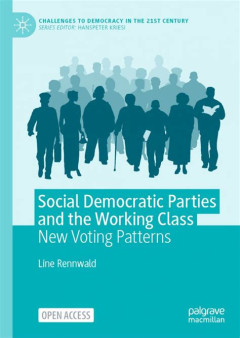
Social democractic parties and the working class :new voting patterns
This open access book carefully explores the relationship between social democracy and its working-class electorate in Western Europe. Relying on different indicators, it demonstrates an important transformation in the class basis of social democracy. At the beginning of the twenty-first century, the working-class vote is strongly fragmented and social democratic parties face competition on mul…
- Edition
- -
- ISBN/ISSN
- 9783030462390
- Collation
- -
- Series Title
- -
- Call Number
- 324.2174
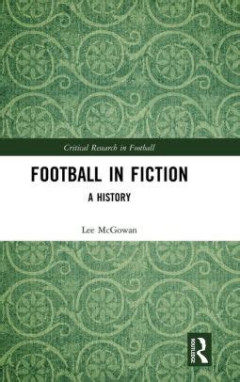
Football in fiction:a history
Football in Fiction represents the most comprehensive historical mapping and analysis of novels related to association football (soccer). It offers a theoretically informed field guide, a scholarly cartography of football fiction’s uncertain – and until now – only partially explored terrain. Combining an extensive search for texts with up-to-date academic research, journals, surveys, c…
- Edition
- -
- ISBN/ISSN
- 9780429344053
- Collation
- ix, 184 p
- Series Title
- -
- Call Number
- 809.393579

Sociology in Germany :a history
This open access book traces the development of sociology in Germany from the late 19th century to the present day, providing a concise overview of the main actors, institutional processes, theories, methods, topics and controversies. Throughout the book, the author relates the discipline’s history to its historical, economic, political and cultural contexts. The book begins with sociology in…
- Edition
- -
- ISBN/ISSN
- 9783030718664
- Collation
- -
- Series Title
- -
- Call Number
- 301.0943 MOE s
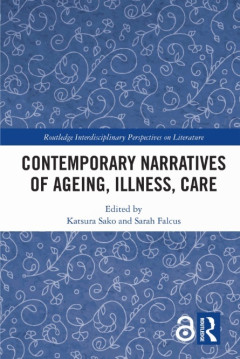
Contemporary narratives of ageing, illness, care
This collection of essays explores cultural narratives of care in the contexts of ageing and illness. It includes both text-based and practice-based contributions by leading and emerging scholars in humanistic studies of ageing. The authors consider care not only in film (feature and documentary) and literature (novel, short story, children’s picturebook) but also in the fields of theatre per…
- Edition
- -
- ISBN/ISSN
- 9781003058618
- Collation
- viii + 208 p
- Series Title
- -
- Call Number
- 362.6

Hunting Wildlife in the Tropics and Subtropics
The hunting of wild animals for their meat has been a crucial activity in the evolution of humans. It continues to be an essential source of food and a generator of income for millions of Indigenous and rural communities worldwide. Conservationists rightly fear that excessive hunting of many animal species will cause their demise, as has already happened throughout the Anthropocene. Many specie…
- Edition
- -
- ISBN/ISSN
- 9781316338704
- Collation
- xxi, 436 p ; ill
- Series Title
- -
- Call Number
- 333.95416 HUN
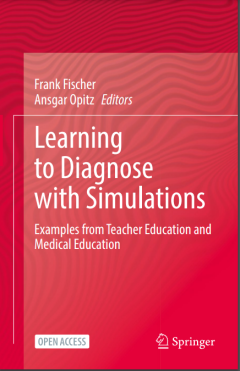
Learning to diagnose with simulations :examples from teacher education and me…
This open access book presents 8 novel approaches to measure and improve diagnostic competences with simulation. The book compares the effects of interventions on these diagnostic competences in both teacher and medical education. It includes analyses showing that important aspects of diagnostic competences and effects of instructional interventions aiming to facilitate them are comparable for …
- Edition
- -
- ISBN/ISSN
- 9783030891473
- Collation
- vi; 157p;
- Series Title
- -
- Call Number
- 616.075 LEA F

The Politics of Comprehensive School Reforms :Cleavages and Coalitions
Why are school systems structured differently across countries? The Politics of Comprehensive School Reform examines this question through an in-depth analysis of school politics in Germany and Norway during the post-war period of educational expansion. Using a Rokkanian theoretical framework, the book argues that school politics can only be understood in light of the cleavages, or political di…
- Edition
- -
- ISBN/ISSN
- 9781009235211
- Collation
- xi, 332 p ; ill
- Series Title
- -
- Call Number
- 370.9481 POL
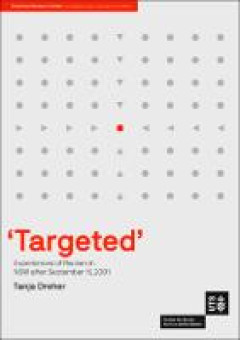
Targeted' Experiences Of Racism In NSW After September 11, 2001
Targeted researches experiences of racism in New South Wales after September 11, 2001. The monograph analyses data collected by the anti-racism hotline established by the Community Relations Commission For a Multicultural NSW (CRC). It details a significant increase in racially motivated violence and verbal abuse in NSW in the months following the US 2001 September 11 attacks and finds these in…
- Edition
- -
- ISBN/ISSN
- -
- Collation
- -
- Series Title
- -
- Call Number
- -

Networks and geographies of global social policy diffusion :culture, economy …
This open access book analyses the global diffusion of social policy as a process driven by multiplex ties between countries in global social networks. The contributions analyze links between countries via global trade, colonial history, similarity in culture, and spatial proximity. Networks are viewed as the structural backbone of the diffusion process, and diffusion is anlaysed via several su…
- Edition
- -
- ISBN/ISSN
- 9783030834036
- Collation
- xvi; 272p;
- Series Title
- -
- Call Number
- 361.61 NET M
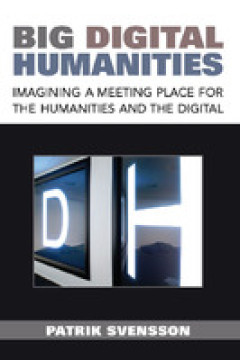
Big Digital Humanities:Imagining a Meeting Place For The Humanities And The D…
Big Digital Humanities has its origins in a series of seminal articles Patrik Svensson published in the Digital Humanities Quarterly between 2009 and 2012. As these articles were coming out, enthusiasm around Digital Humanities was acquiring a great deal of momentum and significant disagreement about what did or didn’t “count” as Digital Humanities work. Svensson’s articles provided a w…
- Edition
- -
- ISBN/ISSN
- 9780472053063
- Collation
- -
- Series Title
- -
- Call Number
- -
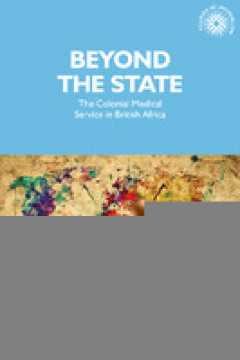
Beyond The State; The Colonial Medical Service In British Africa
The Colonial Medical Service was the personnel section of the Colonial Service, employing the doctors who tended to the health of both the colonial staff and the local populations of the British Empire. Although the Service represented the pinnacle of an elite government agency, its reach in practice stretched far beyond the state, with the members of the African service collaborating, formally…
- Edition
- -
- ISBN/ISSN
- -
- Collation
- -
- Series Title
- -
- Call Number
- -
 Computer Science, Information & General Works
Computer Science, Information & General Works  Philosophy & Psychology
Philosophy & Psychology  Religion
Religion  Social Sciences
Social Sciences  Language
Language  Pure Science
Pure Science  Applied Sciences
Applied Sciences  Art & Recreation
Art & Recreation  Literature
Literature  History & Geography
History & Geography